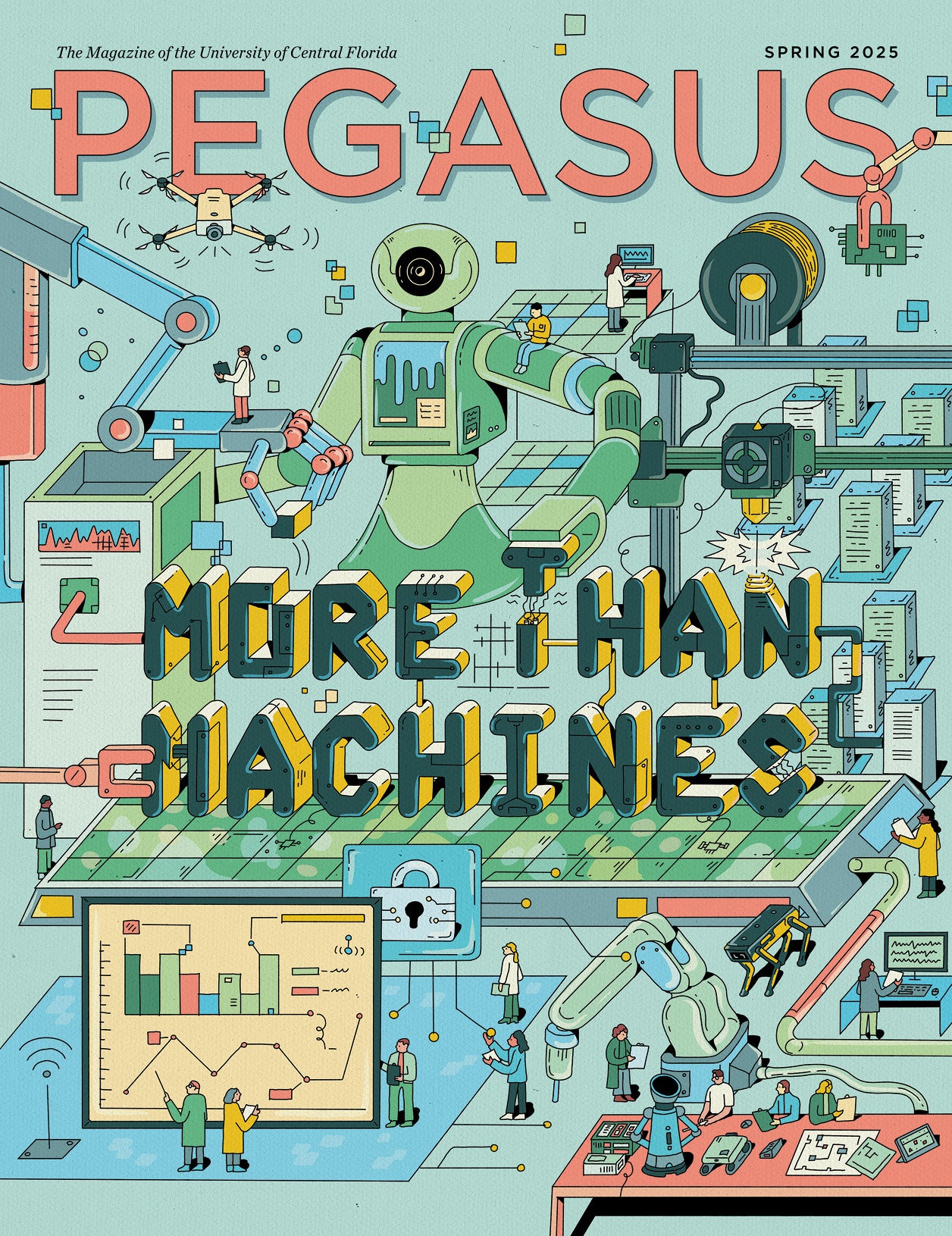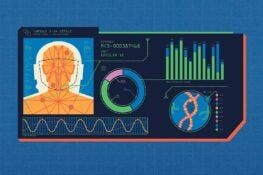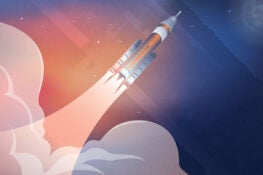The Florida Space Institute is on the verge of launching a Blue Origin payload into space.
If all goes as planned, Julie Brisset’s NASA-funded project will send an experiment into space. Brisset, interim director of the Florida Space Institute, has a passion for advancing space exploration, which the project aims to do.
The technology to be tested is a Dust In-situ Manipulation System (DIMS) — a payload designed to create and control dust clouds in low-gravity environments, specifically for simulating how dust behaves in undisturbed environments, for example interstellar dust clouds or pollution aerosols in our atmosphere.
It’s designed for use in microgravity conditions, such as those found in space, to study dust particle behavior, including their levitation, size sorting, interaction with light and its implications for understanding planetary environments.
“Once you start research in this field, it is surprising to see how important dust is in many applications,” Brisset says. “From the confines of our universe to the lunar surface and our own atmosphere, dust particles play a key role in many physical processes.”
By studying dust clouds in a controlled setting, DIMS can provide insights into protoplanetary disks and other celestial bodies.
Using a combination of low gas pressure and thermal piezoelectric elements, it allows for the creation of a cloud of dust grains and its motion across the volume of the experiment at various speeds. Piezoelectric elements convert mechanical energy, such as pressure or vibration, into electrical energy, and vice versa.
DIMS will create a 3D image of a dust cloud using high-speed cameras from two different angles. It is designed to overcome current limitations related to the levitation of dust clouds in microgravity including size sorting, preferential particle orientation, hardware constraints and residual accelerations.
This technology was developed to offer a general platform supporting experiments over a range of applications, including astrophysics (spectroscopy of interstellar dust), planetary sciences (interplanetary dust, planetary rings, early stages of planet formation) and atmospheric sciences (aerosols).
“The ultimate goal is an orbital platform that can be useful for a range of scientific activities,” Brisset says.
In addition, as it allows for the motion of dust at various speeds, the DIMS technology will demonstrate a possible dust transport mechanism in future ISRU applications, such as asteroid mining or Lunar water extraction from regolith. The DIMS project was supported by the NASA Flight Opportunities Program and allowed for the training of many students and early career scientists over the years.
“Such programs are a great intersection between science, technology development, and education,” Brisset says.
This experiment is funded by NASA and conducted in collaboration with Technischen Universität Braunschweig.




